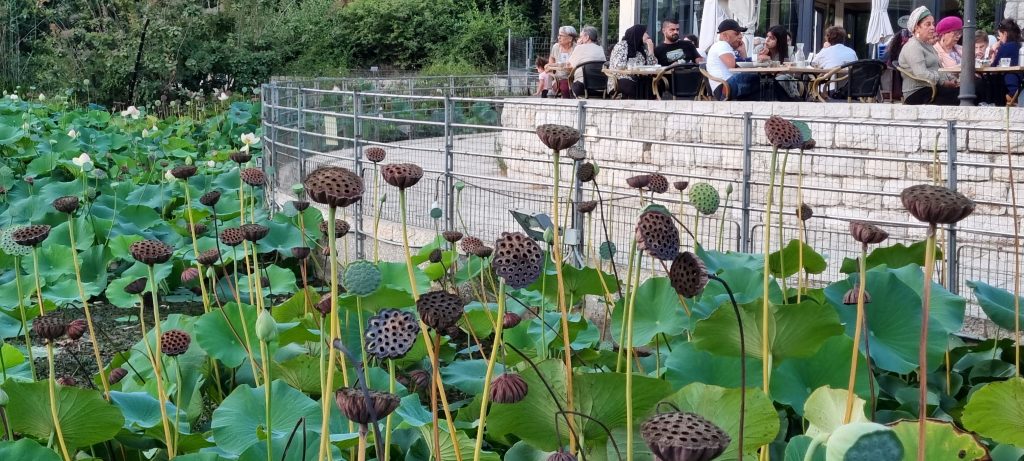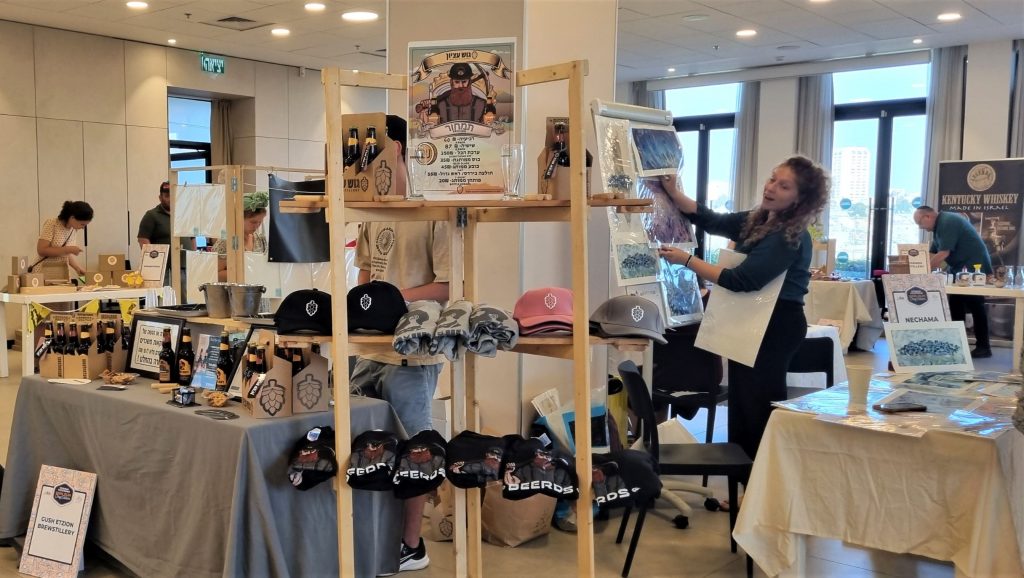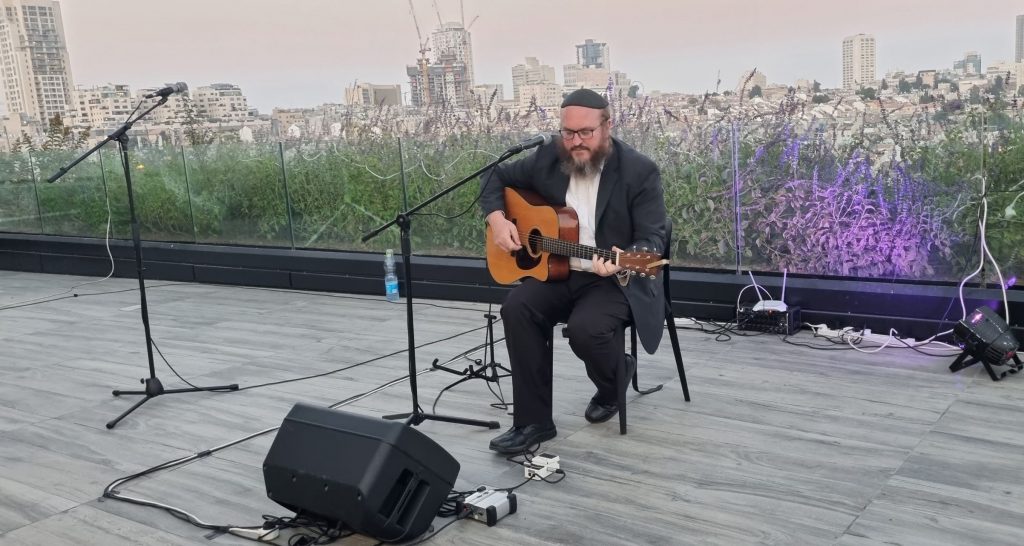Musical Selihot, the late-night prayers before the Jewish New Year Holidays, have become increasingly popular in Jerusalem, Israel.
The Great Synagogue had a televised service mentioned two weeks ago in Getting Ready for New Season and New Year.
Also broadcast live on social media channels was the Selihot from the Synagogue at Beit Hanasi, the Israeli President’s Residence on Tuesday night. Rav Benny Lau’s Bible study program 929 again coordinated with President Isaac Herzog’s staff to combine Ashkenazi and Sefardi tunes in one program.
The Yagel Harousch Ensemble was so impressive, here is a longer version, 20 minutes of music for Erev Yom Kippur. Photos are HERE.
Over 2 million people participated in Selihot at the Kotel, Western Wall during the month of Elul and the Ten Days of Repentance. The Kotel had Selihot for 18 nights this year to try and accommodate the people who wanted to come to Jerusalem for the special prayers.

At midnight Erev Yom Kippur, at the Kotel beginning with Hatarat Nedarim, the annulment of vows, followed by the recitation of the traditional Selihot led by Cantor Moshe Havusha, with Jerusalem Mayor Moshe Lion, and also the Chief Rabbis of Israel. Tens of thousands more filled the entire Plaza area and Old City, plus thousands more watched the live broadcast.
Driving in some areas of Jerusalem, such as near the Kotel is impossible on these nights, and difficult on a good day. It’s amazing to see the crowds returning to the Jerusalem streets.
Of course, more was happening this week with seven new Ambassadors presenting their credentials and the holiday season of Sukkot preparations beginning as soon as Yom Kippur ends.
I decided to keep this short on this short day, and wish all a Gmar Hatima Tova,
May you be sealed for a good and healthy year and enjoy the music.
Next year in Jerusalem!






















